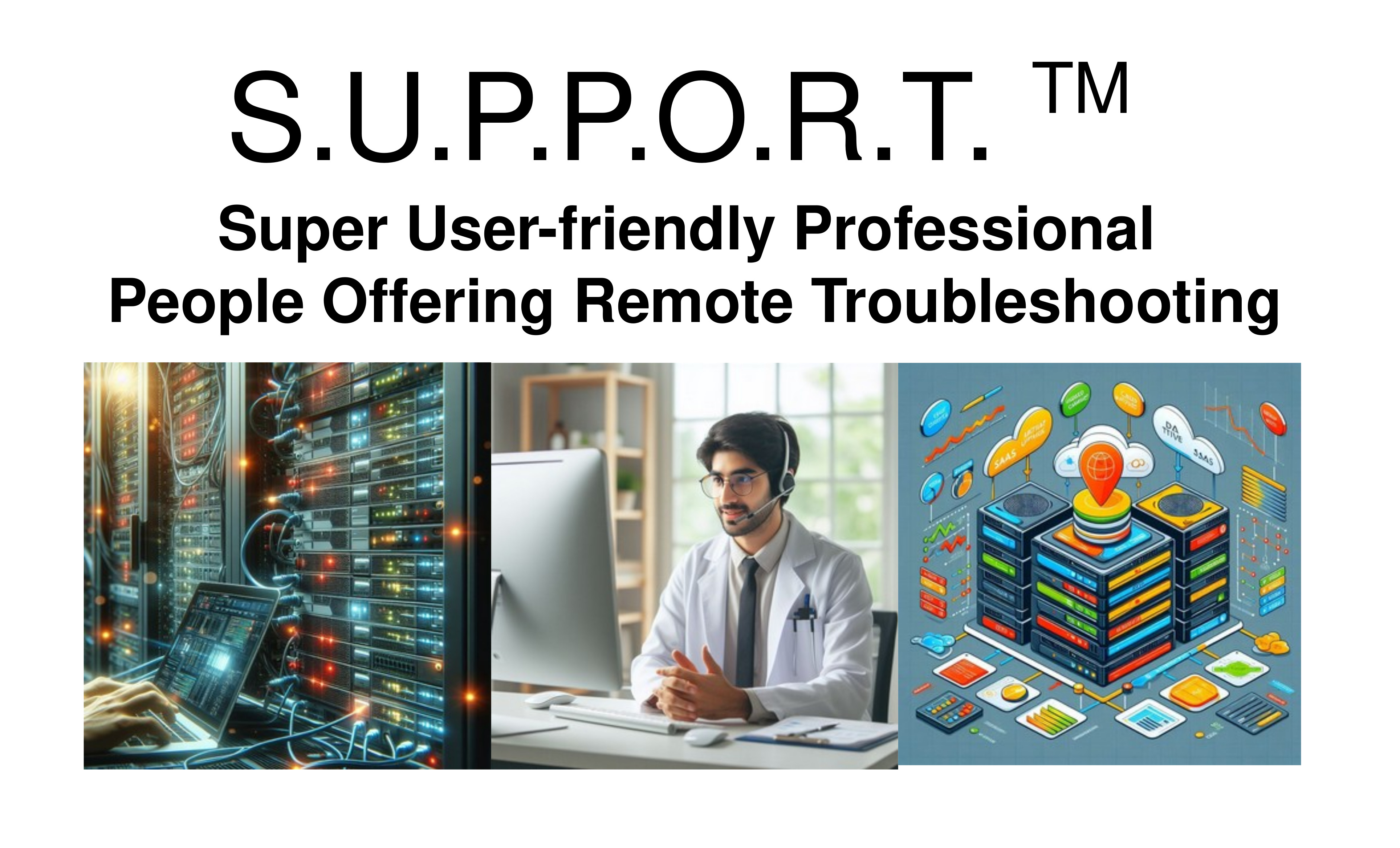
Software Updates and Patch Management
Software updates and patch management are crucial components of a robust security strategy. How we manage the updates:
-
Security Vulnerabilities: Software vulnerabilities are discovered regularly by security researchers, and crackers could exploit these vulnerabilities to gain unauthorized access to systems or compromise data. Patch management ensures that ALL known vulnerabilities are addressed promptly through software updates.
-
Protection Against Exploits: Crackers often target systems running outdated software because it is easier to crack and there are known vulnerabilities. Without these vulnerabilities, there is no way even in theory to access the system without authorization. Except if there is a configuration mistake by the manager. By keeping your systems up-to-date with the latest patches, you eliminate the risk of having bugs in the software.
-
Improved Stability and Performance: Software updates not only address security vulnerabilities but also often include bug fixes and performance enhancements. Keeping your systems updated helps ensure they run smoothly and efficiently. It is important to check the updates on a separate development server before placing them into production servers. The because in some cases it can cause the production server to stop operations due some incompatibility. This separate test reduces the chances of incorrect operations and increases the reliability of the operations by allowing updates without unexpected downtimes.
-
Compliance Requirements: Some regulatory standards and frameworks require organizations to keep their systems up-to-date with the latest security patches as part of their compliance obligations. Compliance with these requirements helps avoid potential fines and penalties.
-
Automated Patching: Utilization of automated patch management tools to streamline the process of deploying updates across your organization's systems and reduce update costs can be done for not so mission critical systems. These tools can help ensure that patches are applied consistently and in a timely manner, reducing the risk of human error or oversight. Be aware that automated patching on a mission critical server can lead to unexpected downtime. People with less experience in reliability of systems might accidentally activate automated patch updates on critical systems.
-
Testing: Before deploying patches to production environments, we know that it is essential to test them in a controlled environment to ensure they won't cause any unexpected issues or conflicts with existing software or configurations.
-
Prioritization: We know that not all patches are created equal. Some address critical security vulnerabilities, while others may be more minor or focused on performance improvements. Prioritize patch deployment based on the severity of the vulnerability and the potential impact on your organization.
-
Communication: We keep all stakeholders informed about the importance of software updates and the patch management process. This includes employees who use the systems, as well as IT staff responsible for deploying patches.
-
Monitoring and Verification: After deploying patches, we monitor systems for any signs of issues or unusual activity that may indicate a problem with the update. Verify that patches have been successfully applied to all relevant systems.
By implementing our proactive approach to software updates and patch management, organizations can significantly reduce their exposure to security risks and ensure the ongoing security and stability of their systems.